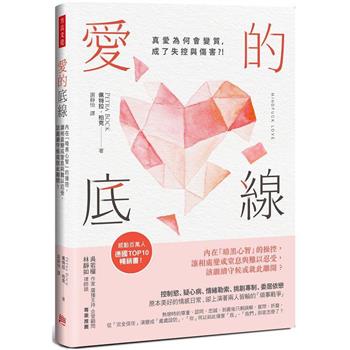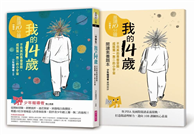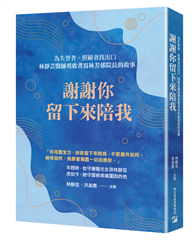"Relativity" explores the fundamental principles governing the behavior of space, time, and electromagnetism. Authored by Arthur William Conway, this work delves into concepts such as the Principle of Relativity, D’Alembert’s Principle, and the equations of motion, providing a detailed examination of moving systems and their interactions with electric and magnetic forces.
Conway’s investigation covers a range of topics, including four-vectors, vector operators, scalar and vector potentials, and orthogonal transformations. The book provides insights into electrostatic and electrodynamical phenomena, offering a comprehensive view of electromagnetic equations and their implications. It also addresses concepts such as kinetic energy, inner and vector products, and the role of the speed of light in defining these relationships.
Originally published in the early 20th century, "Relativity" remains relevant for physicists, historians of science, and anyone interested in the theoretical foundations of modern physics and the ongoing quest to understand the universe.
This work has been selected by scholars as being culturally important, and is part of the knowledge base of civilization as we know it. This work was reproduced from the original artifact, and remains as true to the original work as possible. Therefore, you will see the original copyright references, library stamps (as most of these works have been housed in our most important libraries around the world), and other notations in the work.
This work is in the public domain in the United States of America, and possibly other nations. Within the United States, you may freely copy and distribute this work, as no entity (individual or corporate) has a copyright on the body of the work.
As a reproduction of a historical artifact, this work may contain missing or blurred pages, poor pictures, errant marks, etc. Scholars believe, and we concur, that this work is important enough to be preserved, reproduced, and made generally available to the public. We appreciate your support of the preservation process, and thank you for being an important part of keeping this knowledge alive and relevant.











